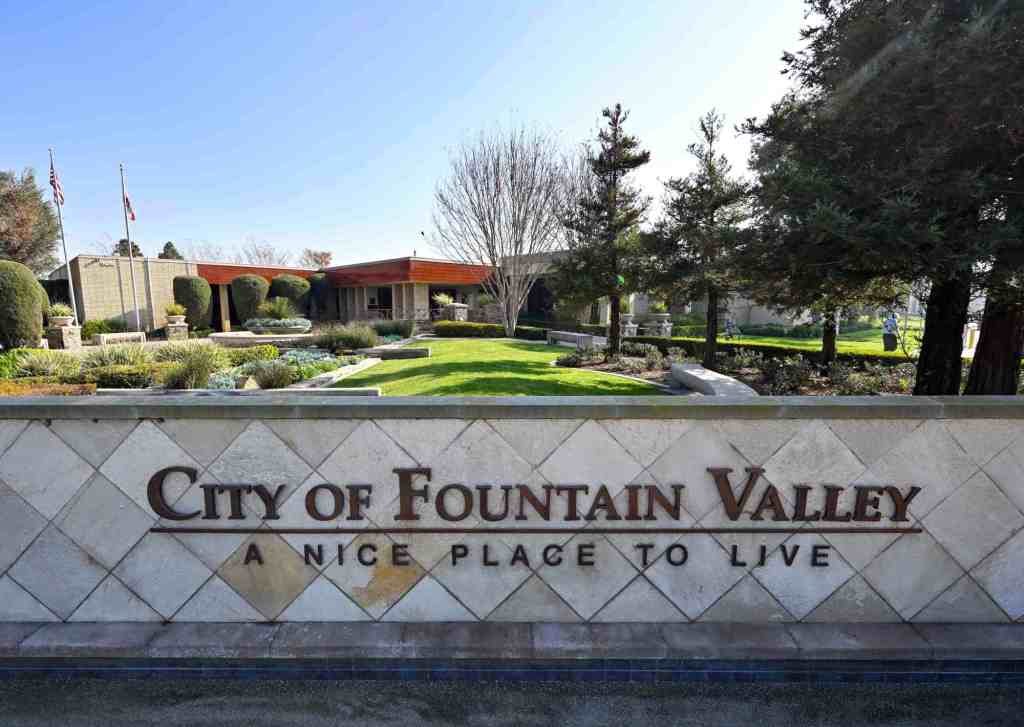Fountain Valley City Council Considers New Housing Development Amid Environmental Concerns
In the coming week, the Fountain Valley City Council is set to deliberate on a significant housing project aimed at revitalizing the area where the former Boomers! family entertainment center once stood. The council’s decision follows a planning commission approval of the development during a session held on July 11. This project, presented by the Holland Partner Group in March 2025, is strategically located at 16800 Magnolia St., near the bustling 405 freeway. If approved, the new housing complex promises to transform the area while raising important discussions about environmental regulations and community needs.
Proposed Development Details
The ambitious development plan includes constructing two seven-story residential buildings alongside two equally tall parking structures. This considerable project will feature approximately 4,460 square feet of commercial space on the ground floor and accommodate around 657 residential apartment units. Notably, it proposes an affordable housing agreement that secures 78 deed-restricted low-income units, providing essential housing options for the community’s most vulnerable residents. This aspect of the project aligns with the state of California’s ongoing efforts to foster affordable housing initiatives statewide.
Environmental Concerns and Appeal
However, this ambitious development has not come without its challenges. An appeal initiated by the Supporters Alliance for Environmental Responsibility (SAFER) has raised concerns about potential environmental violations. The group has urged the City Council to reconsider the planning commission’s approval and demanded a new project-specific Environmental Impact Report (EIR). According to SAFER, there are significant environmental impacts that were overlooked in the final EIR presented during the planning stages, necessitating a comprehensive re-evaluation of the project’s implications on the environment and local community.
City Council’s Position
During a previous council meeting on June 23, discussions surrounding the appeal were initiated but ultimately ended without a definitive decision. This outcome allowed the planning commission’s approval to stand, in anticipation of the council’s continued review. Principal planner Steven Ayers and his team analyzed the appeal and did not find substantial justification for the Council to overturn the planning commission’s decision. Ayers has recommended that the City Council hold a public hearing and dismiss SAFER’s appeal, which would effectively reaffirm the approval granted by the planning commission.
Housing Crisis and State Mandate
The proposed housing development at 16800 Magnolia St. is part of a broader initiative aimed at addressing California’s housing crisis. The state mandates that Fountain Valley add a total of 4,839 residential units by 2029, a requirement promulgated by the Regional Housing Needs Assessment (RHNA). This legislative framework is designed to quantify and meet the housing needs of cities across California. In addition to the Magnolia project, the Fountain Valley Planning Commission is concurrently evaluating other residential initiatives, including the recently approved Euclid and Heil project, which is poised to introduce 626 high-density residential units on a former strawberry field.
City Council Meetings and Community Engagement
For those interested in following the developments of this housing project and its implications, the Fountain Valley City Council convenes on the first and third Tuesday of each month at 6 p.m. Meetings take place at the Fountain Valley City Hall, located at 10200 Slater Ave. Community engagement is vital in shaping the future of residential development in Fountain Valley, and residents are encouraged to attend these sessions to voice their opinions and stay informed on local planning matters.
Conclusion
As the Fountain Valley City Council prepares to tackle the future of the proposed housing development at the site of the old Boomers! entertainment center, it is evident that the conversation extends beyond mere construction. It encapsulates critical issues such as environmental protection, affordable housing, and community involvement in the planning process. The upcoming meeting on July 15 will serve as a pivotal moment in determining how the city addresses its housing needs while balancing environmental responsibilities. As community members look on, the council’s decision will undoubtedly have lasting effects on the city’s landscape and social fabric.









